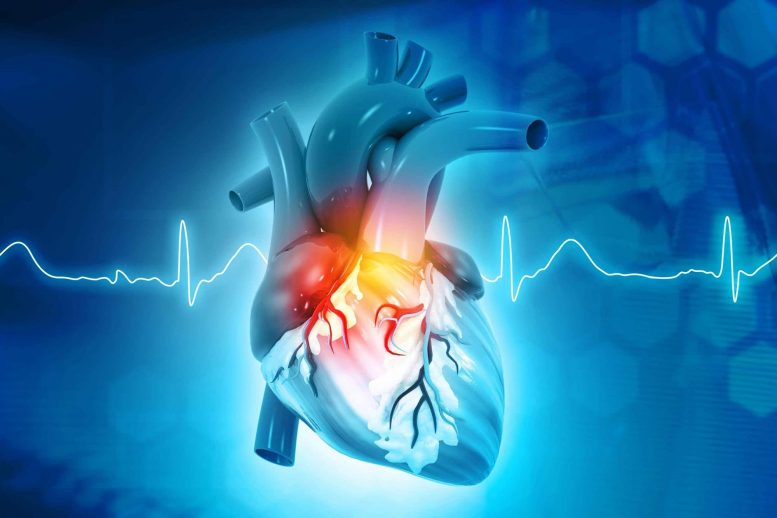
An experimental study from Linköping University suggests that the sex hormone estrogen negatively impacts heartbeat regulation and may increase the risk of certain types of arrhythmia. The researchers found that some hereditary mutations interact with estrogen sensitivity, and endocannabinoids seem to function as protective factors in Long QT syndrome (LQTS).
According to a study published in Science Advances from Linköping University in Sweden, the sex hormone estrogen has been found to have a detrimental effect on heart rhythm regulation. The study suggests that estrogen’s impact can interact with hereditary changes to cause a heart disease that disrupts the heart’s rhythm, while other endogenous substances may offer some protection.
Over the course of a lifetime, the heart beats approximately 2.5 billion times, each one initiated by an electrical impulse that leads to a precisely synchronized contraction of the heart muscle. The electrical activity of the heart is controlled by tiny pores, known as ion channels, that traverse the cell membranes and regulate the flow of ions with electrical charge in and out of the cells. Some ion channels serve as accelerators, while others act as brakes, working together to regulate each and every heartbeat throughout a person’s life.
Diseases causing an abnormal heart rhythm may, in some cases, be deadly. Long QT syndrome, LQTS, is one such disease. In LQTS patients, the heart takes longer than normal to finish every heartbeat. This syndrome is most often due to a congenital hereditary change, or mutation, affecting one of the heart’s ion channels.
“We’re trying to understand which substances in the body impact the function of the ion channels. If we could figure out how this regulation works, maybe we can understand why some individuals are more protected and others are hit harder,” says Sara Liin, associate professor in the Department of Biomedical and Clinical Sciences at Linköping University, LiU.

Sara Liin, associate professor at Linköping University. Credit: Emma Busk Winquist/Linköping University
In this study, the researchers have taken an interest in the possible effects of the sex hormone estrogen. They came up with this idea when asked by heart specialists why women are not only more often affected than men, but also more severely affected, by certain hereditary diseases causing an abnormal heart rhythm, also known as arrhythmia. This is in light of the fact that women are generally seen as having better protection against cardiovascular diseases. Could it have anything to do with women having more estrogen than men?
In their study, the researchers studied the type of ion channel most often mutated in LQTS, which is called Kv7.1/KCNE1. Reduced function of this ion channel is a risk factor increasing the risk of arrhythmia. To be able to understand estrogen’s impact on this specific ion channel, the researchers conducted experiments where they inserted the human variant of the ion channel into frogs’ eggs, which do not have this ion channel.
The researchers added the most active form of the sex hormone estrogen, estradiol, and measured the ion channel function. It turned out that ion channel function was hampered by estrogen, which the researchers interpret as an indication that estrogen may increase the risk of certain types of arrhythmia. Other sex hormones had no effect.
The researchers also found out exactly which parts of the channel were impacted by estrogen. They further examined ion channel mutations found in families with hereditary arrhythmia syndromes. Some mutations led to high estrogen sensitivity, while others led to the ion channel completely losing estrogen sensitivity.
“We show that some hereditary mutations that reduce ion channel function seem to contribute to high estrogen sensitivity, so there could be two risk factors that interact especially in women carriers of these mutations. We believe that our study gives good reason to look closer at this in patients,” says Sara Liin.
The researchers point out that it is important to remember the many positive effects of estrogen, and that in women with a hereditary increased risk of LQTS, estrogen could possibly be a risk factor. LQTS is relatively rare, affecting around 1 in 2,500 people.
The LiU researchers recently published a study in The Lancet eBioMedicine where they conducted a similar study into a group of endogenous substances known as endocannabinoids. This study showed that endocannabinoids instead seemed to function as protective factors in LQTS. According to the researchers, the findings indicate that these factors may be important to study in humans, as this may lead to ways of increasing endocannabinoid levels to counteract arrhythmia.
Reference: “Long-QT mutations in KCNE1 modulate the 17β-estradiol response of Kv7.1/KCNE1” by Lisa-Marie Erlandsdotter, Lucilla Giammarino, Azemine Halili, Johan Nikesjö, Henrik Gréen, Katja E. Odening and Sara I. Liin, 15 March 2023, Science Advances.
DOI: 10.1126/sciadv.ade7109
The study was financed with support from, among others, the European Research Council, ERC, via the Horizon 2020 research program.



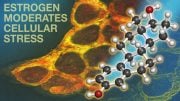
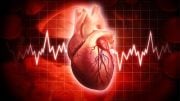
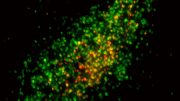

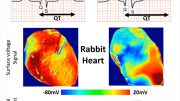

Be the first to comment on "Causing Heart Disease – Estrogen Negatively Impacts Heartbeat Regulation"